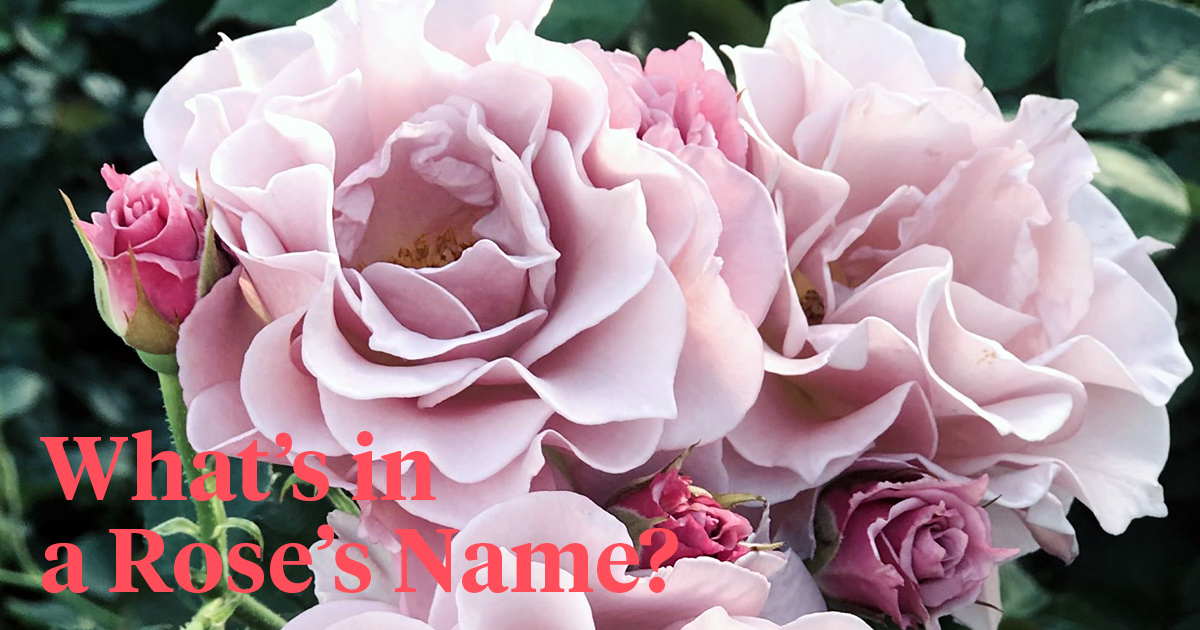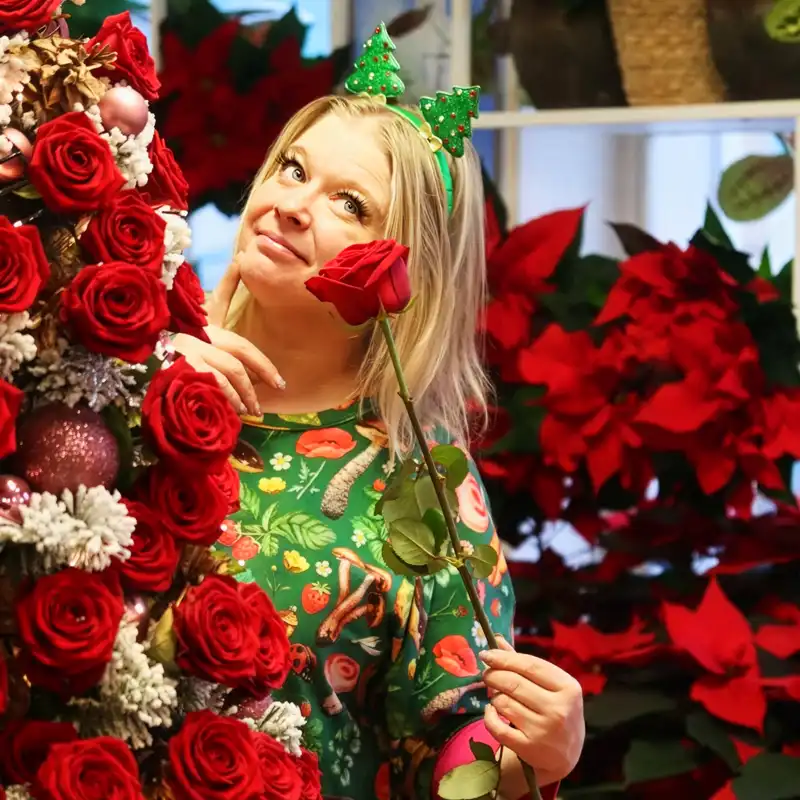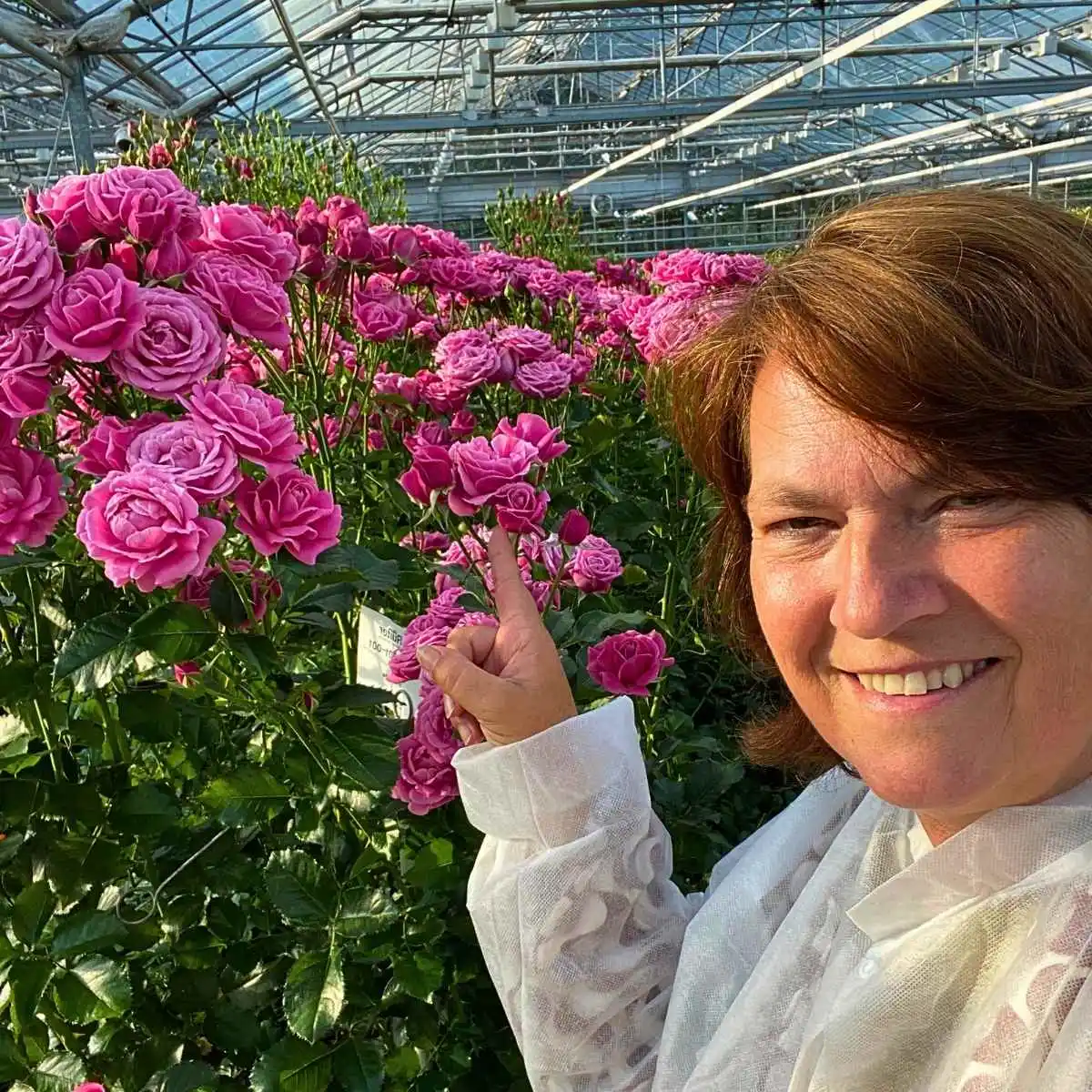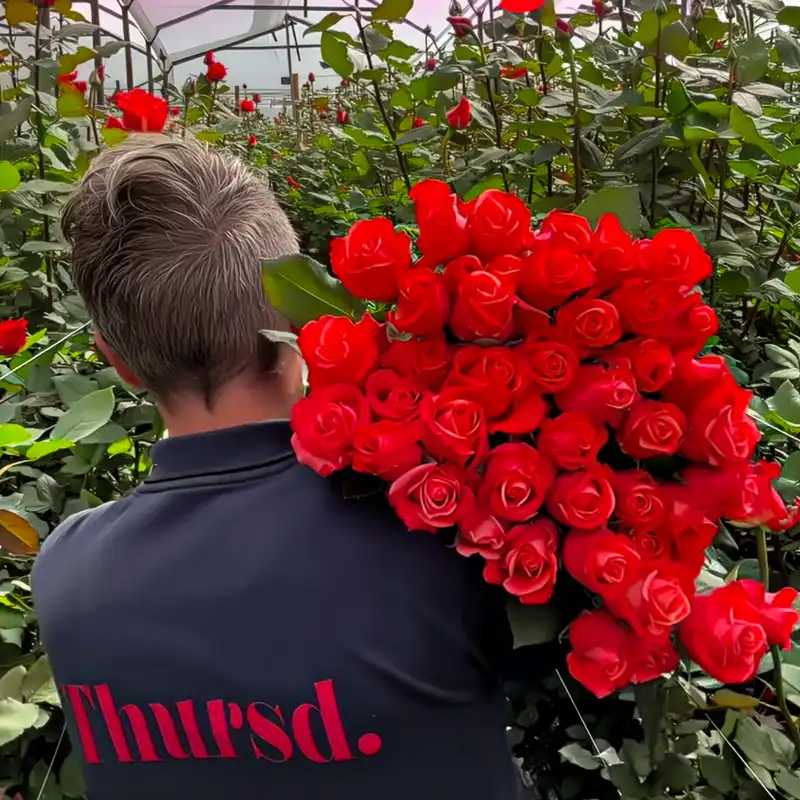The World Federation of Rose Societies (WFRS) represents rose lovers around the world. Its goal is to expand contact among them and increase the flow of knowledge about the rose. One of its many objectives that has been set out in 1968, the year of its founding, is to assist in coordinating the registration of rose names. This is the perfect place to start today's quest: Where do rose names come from? With a final word from Henk de Groot, director of breeder De Ruiter Innovations.
What's in a Rose's Name?
Basically, when a new rose species pops up the advice is to follow the guidelines in the two International Codes for Nomenclature, one for wild plants and the second one for cultivated plants. The Codes are the sets of internationally agreed rules and recommendations that govern the naming of algae, fungi, and plants.
The exact rules for taxonomy are mentioned in the International Code of Taxonomy of Culture Plants (in short Culture Plant Code or ICNCP). This code is used worldwide. In 2000 the European Union has established guidelines for the taxonomy of Cultivars. In Europe, it is required by law to stick to these rules. In some aspects, these guidelines differ from the Culture Plant Code.

From Cultivar to Species
The basic category of wild plants is the 'species', and those of cultivated plants is the 'cultivar' - did you know this is an abbreviation for 'cultivated variety'? However, variety is not a synonym for cultivar. Variety is one of the ranks for wild plants.
The distinction between wild and cultivated plants is not always easy. Plants brought from the wild into cultivation retain the names that are applied to the same species growing in nature. But if certain wild plants after long cultivation have obtained particular characteristics that are clearly distinctive, uniform, and stable, and if they retain them by propagation, they may become a cultivar.
The Official Registry and Checklist Rosa
Sometimes certain cultivars are erroneously presented as varieties from wild roses, e.g. Rosa gallica var. officinalis instead of Rosa gallica ‘Officinalis’ (already cultivated in the Middle Ages or earlier) and as the reverse Rosa ‘Stanwell Perpetual’ (a garden seedling from 1834) as a wild rose. In the Official Registry and Checklist Rosa (2nd edition, 2014), issued by the International Cultivar Registration Authority - Rosa, several cultivars from Rosa gallica have been presented as species roses. Another problem is that sometimes the ranks of wild roses below the level of species (subspecies, variety, or forma) are omitted, e.g. for Rosa carolina in the Checklist 2014.
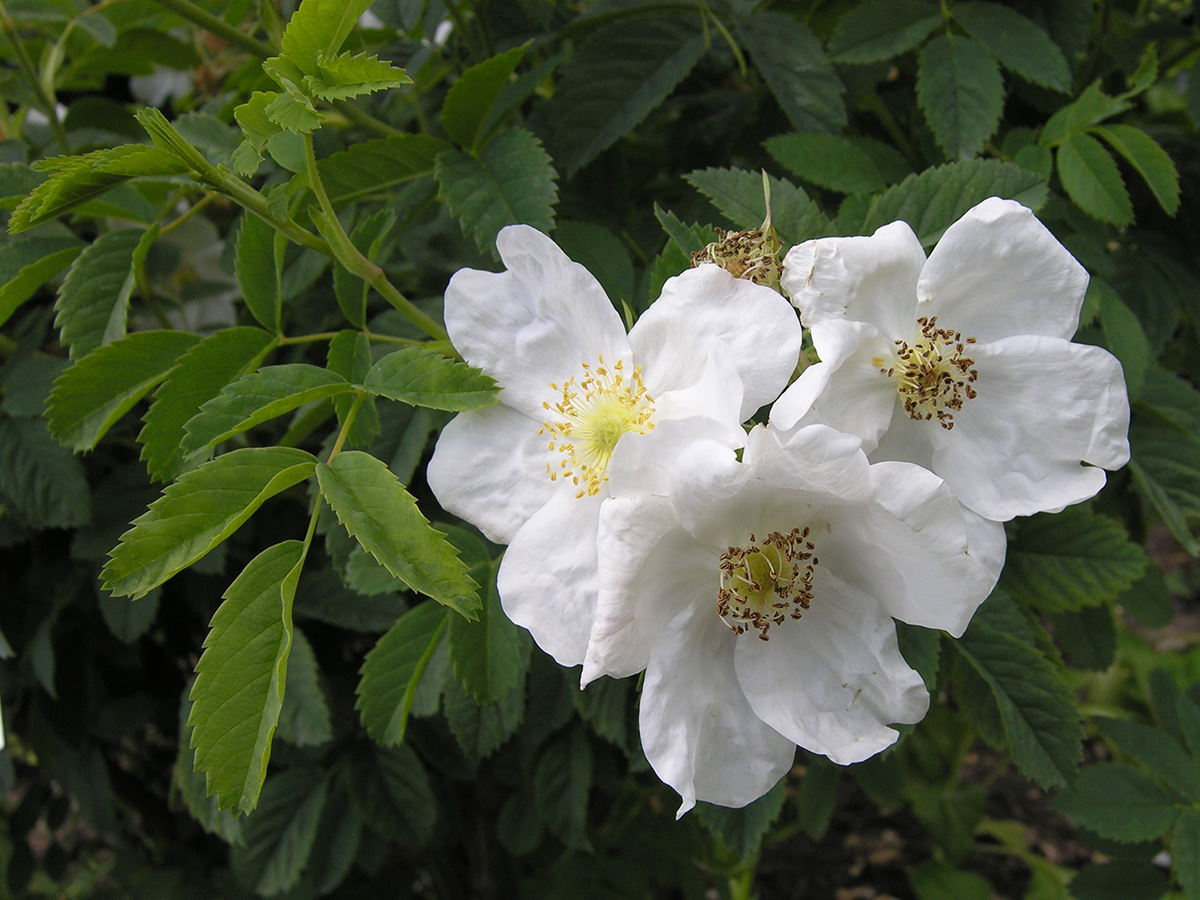
Sometimes people are erroneously using the word ‘family’ instead of class or group and ‘race’ instead of 'cultivar'. The family is Rosaceae (rose family) with many genera, species, and cultivars. According to the Code, the word ‘race’ is no longer allowed. The use of the term ‘species roses’ is botanically incorrect. Better is ‘rose species’. However, the best seems to me ‘wild roses’. The term ‘botanical species’ is also incorrect or at the least redundant, because all plants are botanical.
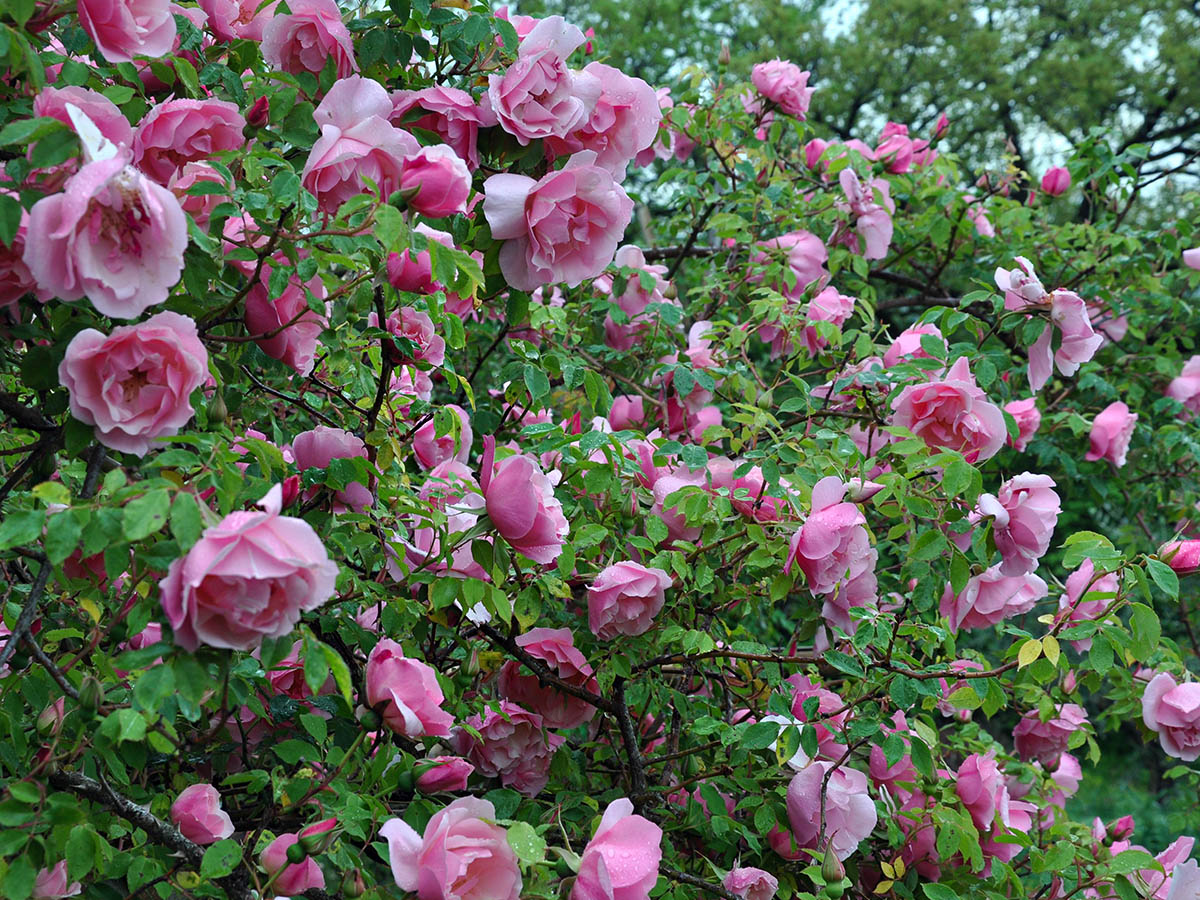
American Rose Society as International Registration Authority
Since 1955 the American Rose Society (ARS) is the International Registration Authority for Roses. In 1998 they defined the code names (trade names) as the variety denominations (i.e. the cultivar names) and the well-known fancy names as exhibition names.
Before 1998 the exhibition names were the variety denominations. Registered code names are placed between single quotes; fancy names without single quotes. Code names with an abbreviation of the breeder's name are attractive for the rose growers because there is less chance that the same name will be used for two or three different roses.
But for the public, it is a mystery. How could rose amateurs distinguish between roses bred by David Austin (UK) like Rosa ‘Ausjake’, ‘Ausjive’, ‘Ausjo’, ‘Ausjolly’ and ‘Ausjump’? In general, rose lovers would not call the Rose 'Ausjake' with its banal, rather meaningless name, but rather by her fancy name, which is 'Miss Alice'. Or Rose 'Mary Magdalene' instead of 'Ausjolly'. To prevent errors it is always preferable, indeed recommended, to use the combination of a code name and a fancy name.
Trade Names for Marketing Purposes
In addition, it is confusing to have legally protected trade names that are intended for marketing purposes. They are not interesting for amateurs who want to buy a rose. Trade names are not regulated under the International Code. You can often read that an Old Garden Rose is a rose that was in existence prior to 1867. This is incorrect. In 1966 The American Rose Society defined an Old Garden Rose as any rose belonging to a class that was in existence prior to 1867, the introduction of the first modern rose ‘La France’. This means that not the date of introduction of a certain rose is decisive but the question is if the class from that rose existed already before 1867.
Also, a particular rose that was introduced after 1867, but belongs to a class of Old Garden Roses, is an Old Garden Rose. Examples are: ‘Parkzauber’ (Kordes, 1956) which belongs to the class of Moss Roses, ‘Lord Scarman’ (Scarman, 1995), and ‘Teresa Scarman’ (Scarman, 1996) which belong to the class of Gallica Roses, ‘The Hon. Mrs. Cat’ (Scarman, 1995) belongs to the class of Damask Roses, ‘Kirsten Klein’ and ‘The Lady Scarman’ (both Scarman, 1995) belong to the class of Hybrid Musks, ‘Baby’s Blush’ and ‘Scarman’s Crimson China’ (both Scarman, 1995) belong to the class of Hybrid Chinas.
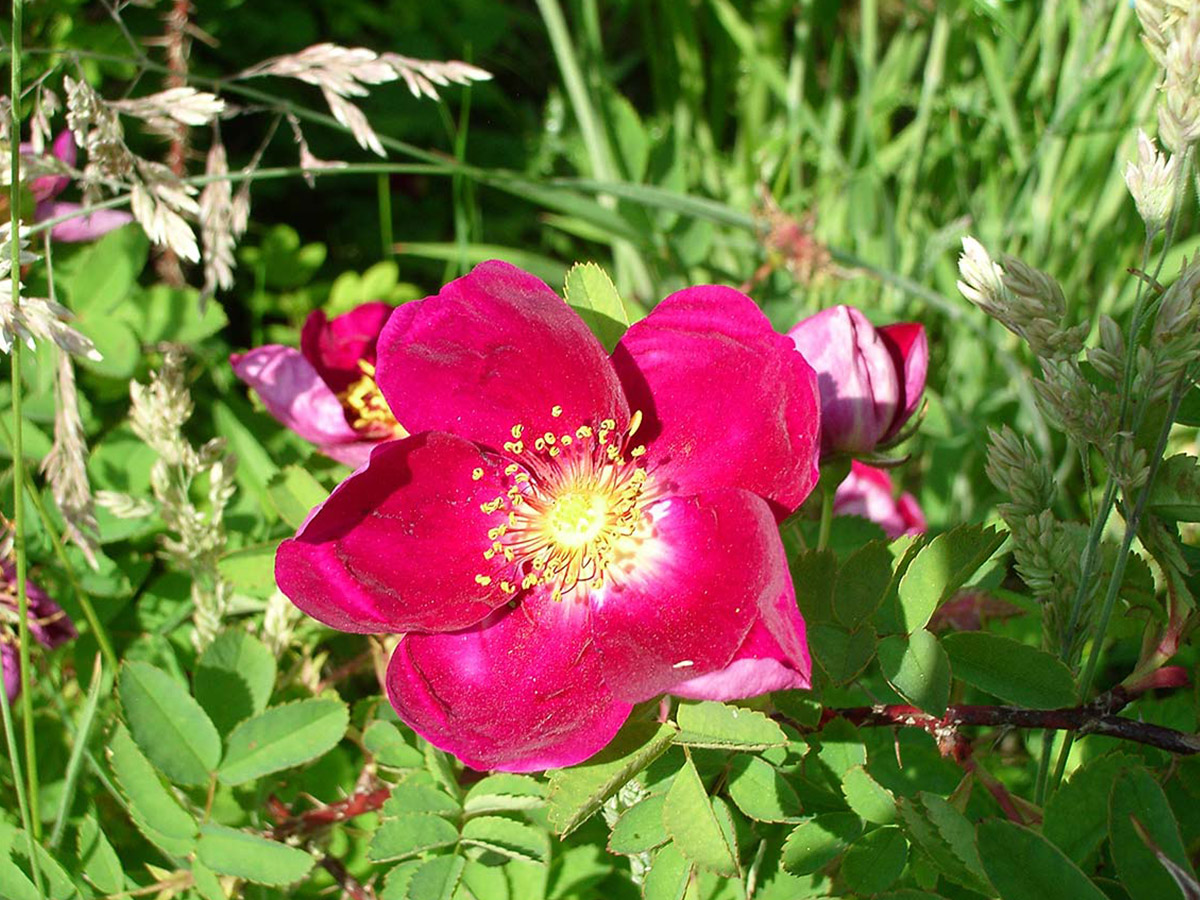
'Class' or 'Group'?
The use of the word ‘class’ in the classification of the American Rose Society is confusing. In the plant kingdom, classes are Lycopsida, Pteropsida, and Spermatopsida (formerly also Mono- and Dicotyledones).
According to the International Code of Nomenclature for Cultivated Plants (ICNCP, 8th edition, 2009), it is possible to use the names of informal cultivar groups. Those names may be placed between round brackets before or behind the cultivar denomination. In this way instead of Gallica Class, we will have Gallica Group (with initial capitals). Examples of cultivars are Rosa (Gallica Group) ‘Tuscany’ or Rosa ‘Tuscany’ (Gallica Group) and Rosa (Hybrid Tea Group) ‘Peace’ or Rosa ‘Peace’ (Hybrid Tea Group). The word Group is easily translatable into other languages.
Some rose breeders have invented several other group names for marketing purposes. All those names are invalid and confusing. Examples are English Roses bred by David Austin (UK), Romantica Roses by Meilland (France), Generosa Roses by Guillot (France), Simplicity Roses by Jackson & Perkins (USA), and Babylon Eyes Roses (= Sweet Spot Roses in the USA) by Interplant (Netherlands).
The German breeder Kordes offers even roses from five different new groups: Parfuma Roses, Rigo Roses, Märchen Roses, Lilliputs, and Eleganza Roses. Rose amateurs could lose their way in all those unofficial and superfluous names.
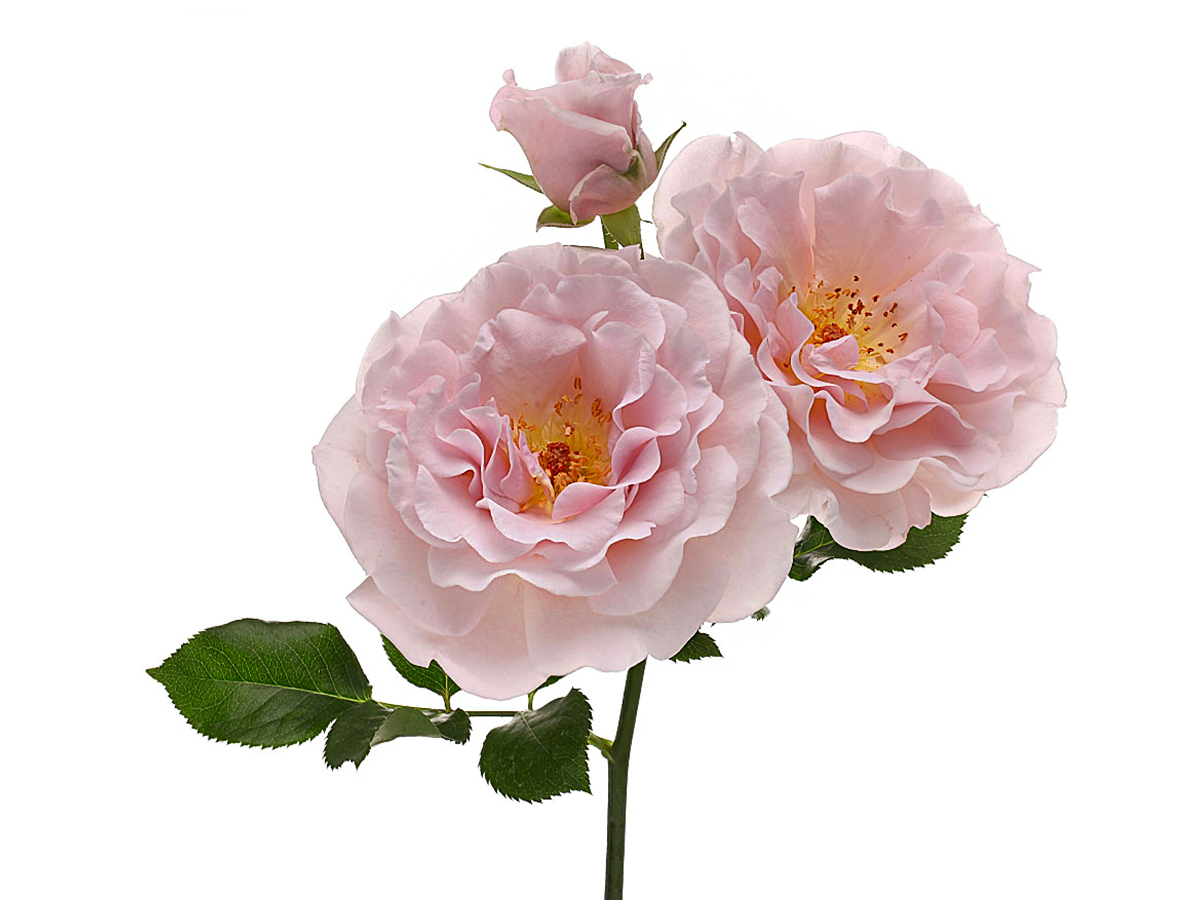
About Hybrids
Another problem in the classification of the ARS is the frequent use of the word Hybrid (e.g. in Hybrid Gallica, Hybrid Rugosa). However many garden roses are not hybrids but sports (mutations) or selections. According to the International Code all hybrids, sports, and selections of garden roses are called together cultivars. Instead of the word Hybrid, the use of the word Group would be better. This is in accordance with the Code.
So we will have Gallica Group and Rugosa Group instead of Hybrid Gallica and Hybrid Rugosa. The name of the Hybrid Tea Group has to be maintained because otherwise there would be no difference with the Tea Group.
In Europe, the use of Group indications is common now for the cultivars of several big genera like Rhododendron, Acer, Clematis, and Rosa. The ‘List of Names of Woody Plants’ by M.H.A. Hoffman (2005) with those group indications is now recognized as the European standard for the nomenclature of nursery trees and shrubs. I hope the use of group names for roses soon will be introduced worldwide.
Proud Parents at De Ruiter
Henk de Groot is the director of De Ruiter Innovations, a breeder of mostly roses. They are the inventors of many popular regular and spray roses and outdoor patio and landscape roses. Growers from Europe, Africa, and South America value the top quality that Henk is proud of, like the famous Rose Ever Red, Cafe Latte, London Eye, and the Spray Rose Bubbles series.
To make the ranges of its huge assortment clearer, De Ruiter uses umbrella names for groups or areas. The well-known Big Five series is one example of this, just like the London Party series.
Henk:
"In the 1980s De Ruiter introduced group names for richly flowering miniature pot roses, first the Minimo, later the Rosamini, and now the Jewel series for the richly flowering pot roses of today. For the coarser pot roses with large buds, De Ruiter has the Ovation. For short bushy shrub roses outdoors, there is the Terrazza. For her spray roses, the already mentioned Bubbles line for varieties with larger flower buds and the Kheops series for spray roses with a pyramid-shaped structure.
For the richly flowering outdoor roses with especially richly fascinating shrub roses for large gardens, parks, and landscapes, we have invented the name the Amorinas."
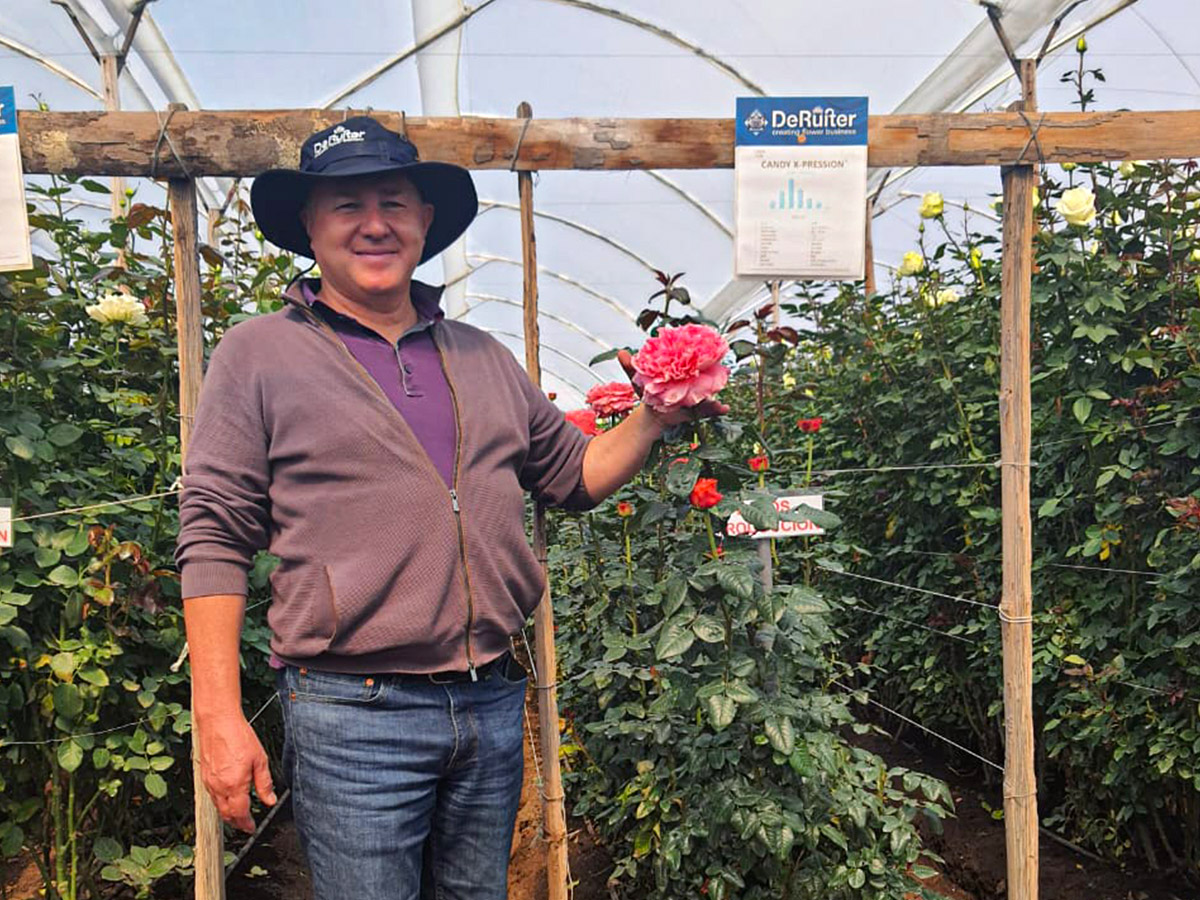
Choosing names plays an unmistakable part in De Ruiter's identity. Henk de Groot has a clear vision of where all their names come from and what they should embody.
Henk:
"Without names, both people and roses would not exist. Giving a name is also adding a character. At De Ruiter, we are like proud parents; we give a new rose a name to distinguish its character and grace. Since roses in general don't have an emotional soul, it is part of our job to give one that makes them blossom. Naming the roses expresses the mix between that beauty and nature itself, something that we feel is inextricably linked in our work to create flower business."

This article is a partial re-edit of the contribution by Piet Bakker to the newsletter of the World Federation of Rose Societies 'By Any Other Name' (BOAN).

